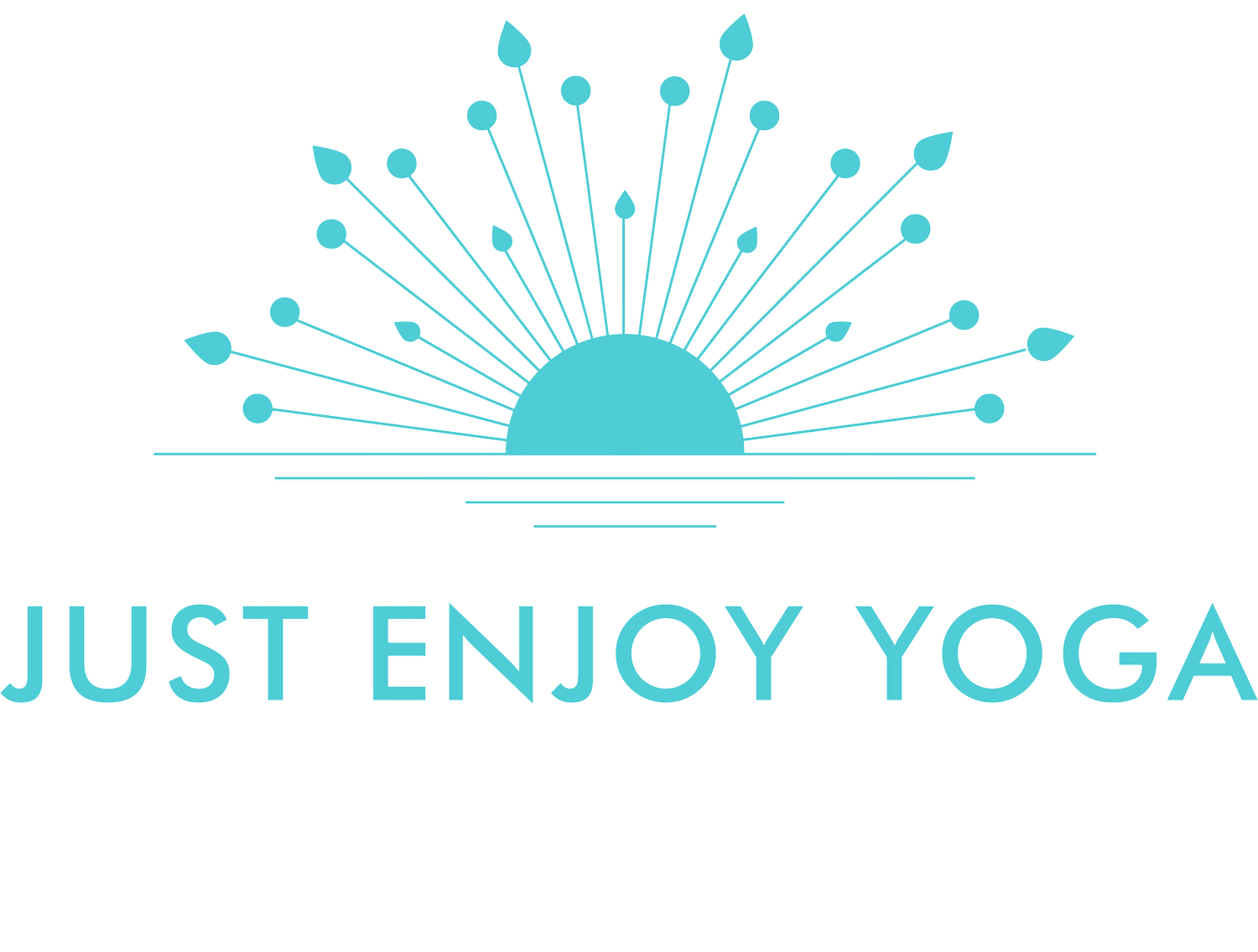What are Hatha and Vinyasa Yoga?
Hatha broken down, the Sanskrit word Ha translates to ‘sun’ and Tha to ‘moon’, equating to Hatha being the yoga practice of balance .
Hatha yoga has developed in the western world into a style of yoga that is widely practiced. Classes described as Hatha Yoga would be more basic and gentle with a focus on alignment, and physical and mental benefits of each pose.
Hatha yoga utilises breath in the form of pranayama exercises (breathing techniques) and meditation which is at the heart of traditional Hatha yoga.
Vinayasa derived from the Sanskrit term meaning "to place in a special way," offers a transformative practice that cultivates unwavering concentration. This style emphasizes the harmonious integration of breath and movement, along with elements such as gaze point and intention. Unlike fixed sequences, Vinyasa flow classes often revolve around themes or philosophical teachings.
Central to Vinyasa is the breath, serving as the focal point that guides the entire practice. These classes are ideal for overall toning, strengthening, lengthening, and aligning the body.
A mixed paced and dynamic Vinyasa flow sessions enhance cardiovascular fitness, stamina, and endurance. On the other hand, slow and somatic approaches foster strength, and balance, and activate the parasympathetic nervous system—also known as the body's "rest and restore" mode. Beyond the physical aspects, breathwork, meditation and mindfulness techniques are integrated into the classes to enhance concentration and improve overall mental well-being.
Vinyasa serves as a window to explore our habitual perspectives, revealing the interconnectedness between external events and our inner world. It facilitates the breakdown of barriers that separate us from others, unlocking the transformative potential of yoga.
